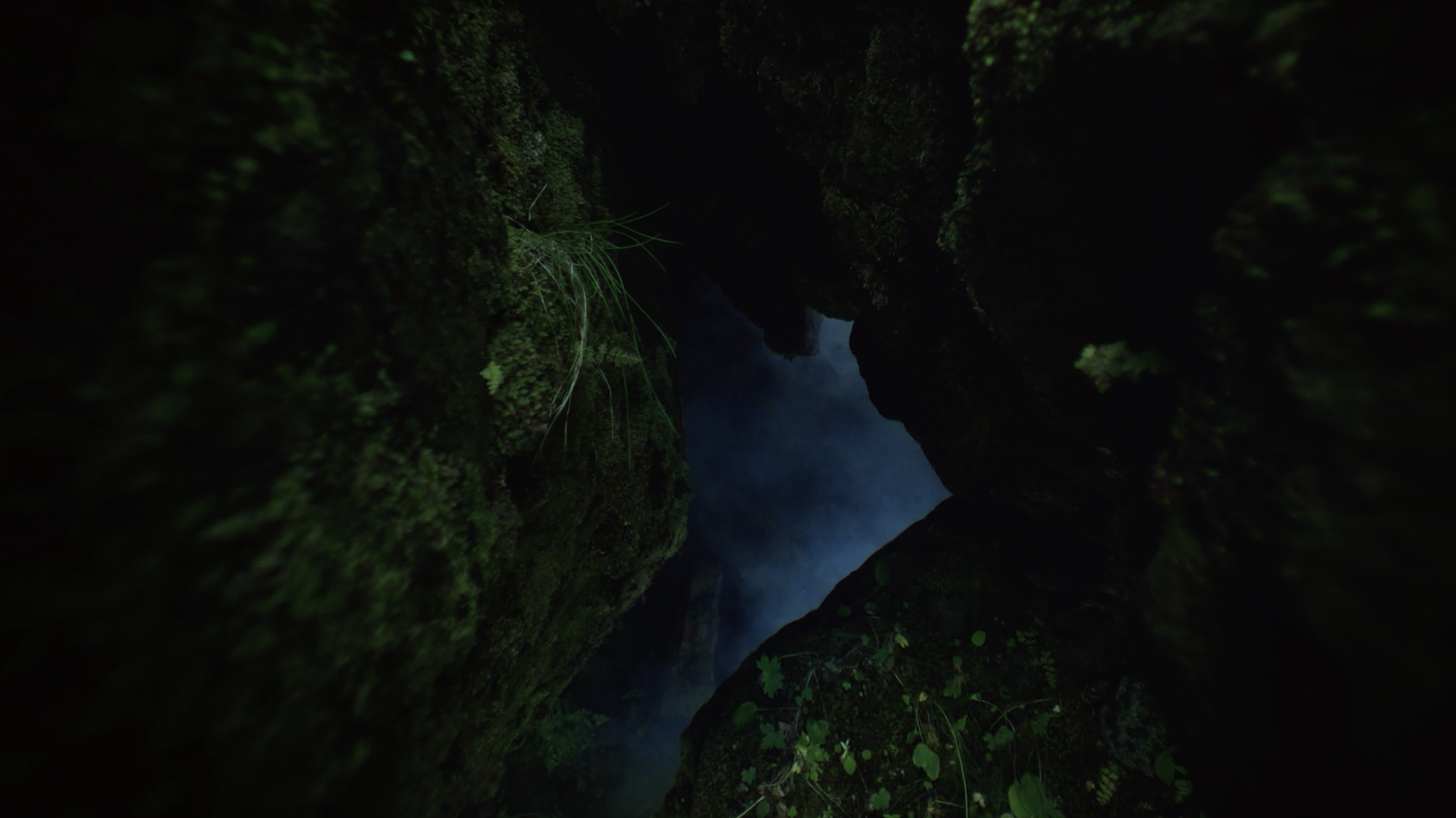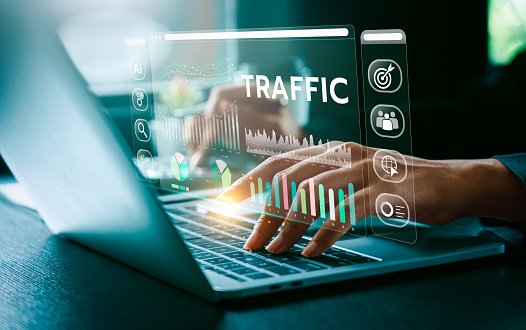
seo
For Photographers & Their Studios
Get your website on the front page of Google search results.
Get your studio in the 3 pack.
Here’s the dirty little secret.
Most photographers don’t do SEO.
And those that do generally don’t do it to it’s complete potential.
As a photographer for over 15 years, I understand the difficulties we all go through trying to reach potential clients. Having a website that is effective is just one part of your online presence. Making sure it is easy for people to find instead of your competitors is vital.
When so few are doing SEO well, or at all, getting to the top before them only builds Google’s trust in you.
And Google’s trust, or lack of it, is a very real and powerful thing.
Why Local SEO
Local SEO is how you make sure your business shows up when people in your area are searching for the things you offer. We all do it—grab our phones, type in something like “pizza near me” or “best dentist in [your town],” and usually pick one of the top few results. Local SEO is what helps your business be one of those top options.
It’s more than just having a website. You need to be in the right places online—like Google Maps, local listings, and review sites—with all your information accurate and up-to-date. That includes things like your business hours, phone number, address, and even photos of your business. When all of that is working together, Google is more likely to trust your business and show it to nearby searchers.
What makes local SEO especially important for small businesses is that it connects you with the people who are ready to buy or take action now. They’re not just browsing—they’re searching with intent. Someone looking up “emergency plumber” or “nail salon open now” probably needs help immediately. If your business pops up in that moment, you’ve got a great chance of earning a new customer.
Plus, local SEO helps you build trust. When people see your business in search results with great reviews, helpful info, and a solid online presence, they’re more likely to choose you over someone who’s invisible online or has outdated info. It’s kind of like the digital version of word-of-mouth—except you’re showing up in front of way more people.
And the best part? You don’t need a massive budget to get started. Local SEO is one of the most affordable, high-impact ways for a small business to grow. It takes a bit of time and effort, but the results can be game-changing.
All SEO Plans Include
Title Tags
Internal Linking
Google Analytics
GBP Optimizations
GBP Posts
Backlink Audits
Link Building
Data Aggregators
Keyword Research
Meta Descriptions
Schema Markup
Search Console
GBP Management
On-page Audits
Technical Audits
Local Listings
Content Creation
Reporting Dashboard
The Google Map Pack
What is the Google Map Pack?
The Google Map Pack, also known as the Local Pack or the 3 Pack, is a feature of Google Search that displays a group of three local business listings relevant to a user’s search query next to their pinned locations on a local map (hence to name). It appears near the top of Google’s search results, often below paid ads but above organic listings. Each entry in the Map Pack includes essential business information such as the company’s name, address, phone number (NAP), website, reviews, and a location marker on Google Maps.
Why is the Google Map Pack On a Page About SEO?
Because the two are linked and work together in Google’s playground.
If you want your business to appear in the Google Map Pack, you must optimize your Google Business Profile (GBP) and implement local SEO strategies.
Why is the Google Map Pack Important?
Being listed in the Google Map Pack can significantly increase a business’s online visibility and attract more local customers. Since it appears at the top of search results, users are more likely to click on businesses listed in the Map Pack rather than scrolling down to find other listings. Moreover, Google’s algorithm prioritizes local intent searches, meaning that when a user searches for terms like “photographer near me” or “best boudoir photographer in Chicago,” businesses in the Map Pack are given prime real estate on the results page.
Google Business Profile
Optimizing your Google Business Profile (formerly Google My Business) is one of the most powerful ways to boost your local visibility.
1. Get Found More Easily in Local Search
When people search for products or services near them, Google often shows a map pack (those top three local listings) before organic results. A well-optimized profile increases your chances of showing up there.
2. Boost Trust and Credibility
Your profile includes customer reviews, business hours, photos, and more. Keeping this information accurate and complete makes your business look professional and trustworthy. Responding to reviews (even negative ones) also shows potential customers that you care.
3. Drive More Website Traffic and Calls
Your profile includes a direct link to your website, phone number, and even buttons for booking or messaging. An optimized profile makes it easy for people to take action right from the search results—no extra clicks needed.
4. Stand Out from Competitors
Adding high-quality photos, updating posts regularly, and using features like Q&A or services/products listings helps your business shine. Many competitors leave their profiles half-done—so going the extra mile gives you an edge.
5. Gain Valuable Insights
Google provides analytics on how people find and interact with your profile. You can see how many people viewed your listing, clicked for directions, visited your site, or called you—helping you fine-tune your local marketing strategy.
SEO FAQs
-
SEO stands for Search Engine Optimization. It’s the practice of improving your website or online content so it shows up higher in search engine results (like Google, Bing, etc.).
In simple terms: SEO helps your website get found by people searching for things online.
-
1. Search Engines Crawl the Web
Google, Bing, etc., use bots (called “crawlers” or “spiders”) to scan websites.
They follow links from one page to another, gathering info about each page.
2. Indexing
After crawling, search engines store the pages in a massive database (called an index).
Think of it like a library catalog for all the web pages they know about.
3. Ranking
When someone types a query like "best running shoes," the search engine:
Looks through its index , finds pages that seem most relevant, useful, and trustworthy, and ranks them based on hundreds of factors
It's not instant — think of it like planting a garden 🌱. You water it (add good content, fix issues), and over time, it grows (your site shows up higher in search).
-
A lot of things can affect how high your website shows up on Google. One big factor is using the right words—called keywords—that people are actually searching for. If someone types “best pizza in town” and your website has those exact words in the title or content, you’ve got a better shot at showing up.
Google also loves helpful, high-quality content. If your page actually answers people’s questions in a clear and useful way, that’s a big win. It also helps if your site looks great on phones, since so many people search on mobile now. A fast-loading site makes a difference too—no one likes waiting around, and neither does Google.
Another thing that helps a lot is getting links from other trusted websites. It’s kind of like getting a thumbs-up or a recommendation. Google notices when other sites trust you. And if people enjoy using your site—if it’s easy to navigate, feels secure (using HTTPS), and you update it with fresh content now and then—that’s all super helpful for your ranking too.
At the end of the day, if your website is useful, easy to use, and gives people what they’re looking for, Google will be more likely to show it to others. It’s really all about being helpful and creating a good experience.
-
Ah, the classic SEO vs. paid ads question — let’s break it down in a chill, no-jargon way:
It depends on your goals and timeline. SEO and paid ads (like Google Ads or social media ads) both have their perks — they just work in different ways.
SEO is kind of like planting a garden. It takes time and care, but once it grows, it can bring you steady, free traffic for a long time. People also tend to trust organic search results more than ads, so clicks from SEO can feel more genuine and long-lasting.
Paid advertising, on the other hand, is like flipping a switch. You pay money, and boom—your website shows up right away. It’s great for quick results, promotions, or launching something new. But the second you stop paying? The traffic stops too.
So, SEO is usually better for the long-term game, while paid ads are great for immediate visibility and short-term wins.
The real magic? Using both together. Paid ads can get eyes on your site now, while SEO builds up your foundation for the future.
Want help figuring out which one fits your goals best?
-
SEO isn’t instant—it’s more like slow and steady wins the race. On average, you can start seeing results in 3 to 6 months, but it really depends on a few things:
If your website is new, it might take a bit longer since Google doesn’t trust it yet.
If there’s a lot of competition for your keywords, it can take more time to break through.
If your site is already established and you’re just making improvements, you might see changes faster.
It also depends on how much effort you’re putting in—like creating quality content, getting backlinks, improving your site speed, and so on.
Think of SEO like going to the gym. You won’t see abs after one workout, but if you’re consistent, the results do come—and they last a lot longer than a quick fix.






